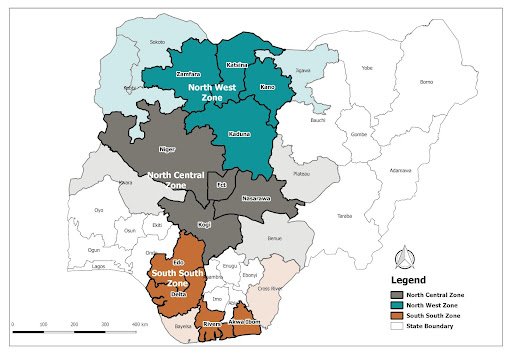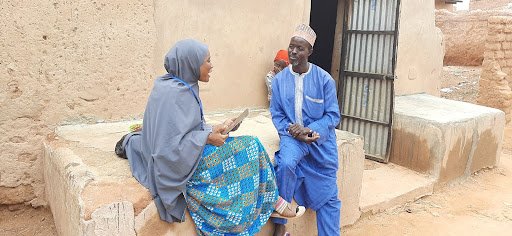Access to energy is a prerequisite for quality health care and it is fundamental to the achievement of universal health care coverage and the Sustainable Development Goals. Yet, about one in four health facilities in Sub-Saharan Africa lack access to electricity, and three in four facilities lack reliable power. The lack of sufficient and reliable power is jeopardizing the well-being of hundreds of millions of people, especially women and children, who often bear the brunt of inadequate primary healthcare services. According to Dr Julie Yemi-Jonathan. O, Country Manager, We Care Solar, “without a reliable source of electricity, nighttime deliveries are most of the time, attended in near darkness, cancelled or conducted by flashlight, and the outcomes are often tragic.”
Off-grid renewable energy solutions present a key opportunity to provide clean, reliable and cost-effective electricity to rural health centers, which can dramatically transform the quality of healthcare services provided to rural communities.
Harnessing the enormous potential of renewable energy to improve energy access for primary healthcare facilities requires combined action from the health and energy sectors. To this end, the Nigeria Energy Conference, which took place between 20 - 22 September 2022, brought together key energy and health sector stakeholders, including policy-makers, practitioners, financial institutions, development partners, and NGOs that can play a role in enhancing electricity access for primary healthcare facilities.
During a panel session at the conference, eHealth Africa facilitated a discussion about sustainable energy for improved healthcare delivery in Nigeria. The panelists discussed what needs to be done to ensure that Primary Health Centers (PHCs) have access to energy for better health outcomes. Acknowledging the challenges most PHCs face, the panelists elaborated more on how the lack of electricity in primary health centres has led to more medical emergencies and increased mortality rates.
The panel discussion sparked the much-needed, cross-sector thinking around how to deliver energy to health facilities, especially in resource-constrained environments. A resounding takeaway was that distributed solar power and energy-efficient devices hold great potential for creating stronger and more resilient health systems in Africa and beyond.
We Care Solar's deployment of solar suitcases to Primary healthcare centers has had a tremendous impact on reducing child mortality and maternal mortality rates. According to the company’s representative on the panel, “a lot of our health facilities do not have access to a reliable power supply. We have seen cases where surgeries are turned down because of a lack of power. Sometimes surgical operations are suddenly interrupted, leading to the death of the patient, due to power failure”. This she said, “prompted We Care Solar to develop the Solar Suitcase”.
Another speaker, Mohammed Bello, a project manager at eHealth Africa, identified solar energy as the reliable solution to these challenges. He highlighted some projects implemented by eHealth Africa with support from partners and stakeholders to ensure health facilities across the country have access to a reliable power supply. According to him, eHealth Africa is working with the Nigerian Energy sector and Integration Consulting firm, which are critical players on issues concerning energy.
The panel speakers and moderator after the session hosted by eHealth Africa at the Nigeria Energy Conference 2022
Key lessons from the panel session hosted by eHealth Africa at the Nigeria Energy Conference 2022:
There is a dire need to increase renewable energy access in primary health centres, especially those in remote areas.
The use of solar panels as an alternative source of electricity in primary health centers will help mitigate the energy challenges faced by primary health centers.
Health facilities should be a top priority in electrification plans for both national governments and development partners. Off-grid renewables offer rapidly deployable, reliable, cost-effective solutions.
In order to address the energy access needs of healthcare facilities, the energy and health sectors must work together. This should happen at all levels, from strategy and planning to policies, budgeting, procurement and implementation.
Innovation has to be encouraged and promoted, as in the case of the solar-powered suitcases by We Care Solar. Also, in the design of robust, low maintenance, efficient, user-friendly medical devices suited for remote off-grid areas.
Energy-efficient medical devices, combined with off-grid renewable energy and telecommunications, can expand the services offered by primary health centres in under-served communities. This also reduces the need for patients to travel to larger, more distant facilities.
There are funding opportunities from donors as long as the organization involved can provide evidence of work done in this field.

















